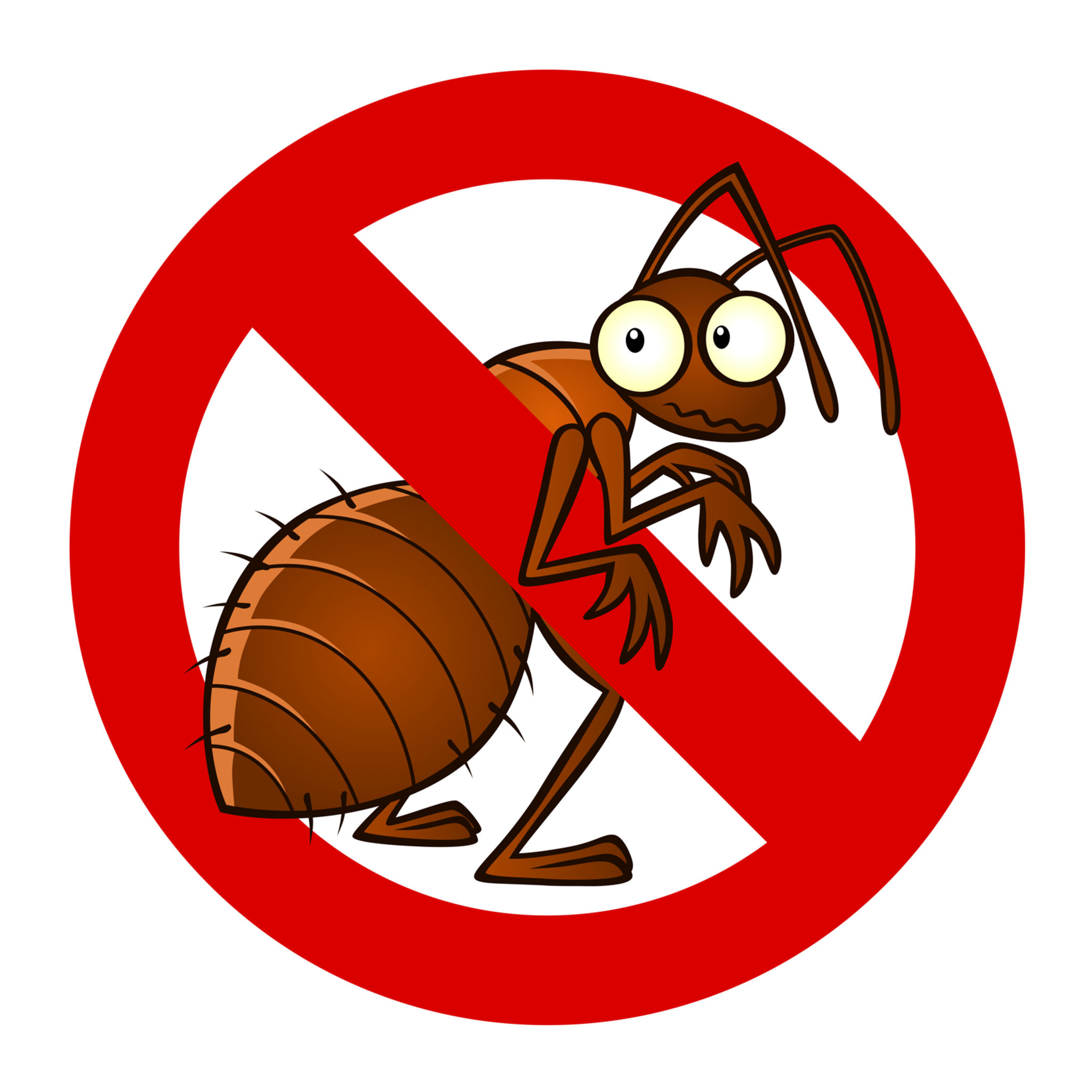Quality A1 Pest Control Services Charlotte - Protect Your Home
Quality A1 Pest Control Services Charlotte - Protect Your Home
Blog Article
Bed Bug Treatment Breakdown: Comparing Chemical Vs. Non-Chemical Solutions
In the world of parasite control, particularly when taking care of the consistent problem of bed pests, the choice in between chemical and non-chemical treatment options can be a pivotal one. Both methods use unique advantages and disadvantages, affecting variables such as efficiency, safety considerations, and general price. By checking out the nuanced information of each approach, a more clear understanding of which course to seek in attending to a bed insect invasion can be obtained.
Efficiency of Chemical Therapies
Chemical therapies for bed pest invasions have been widely identified for their powerful and fast efficacy in removing these bugs. When taking into consideration the performance of chemical therapies, it is essential to comprehend that they can give a extensive and fast option to a bed insect trouble.
Additionally, chemical treatments have the benefit of providing recurring results, suggesting that they can remain to remove bed insects even after the first application. This residual action is particularly beneficial in combating any type of prospective re-infestations. In addition, the rapid activity of chemical therapies can bring relief to people dealing with extreme bed bug invasions, enabling them to reclaim control of their space promptly.
Security Worry About Chemical Solutions
One vital element that requires mindful consideration when using chemical solutions for bed pest therapy is making sure the safety and security of occupants and the setting. Direct exposure to specific chemicals used in bed pest treatments can lead to respiratory system concerns, skin irritability, or various other adverse responses, specifically in people with pre-existing conditions or sensitivities.
Furthermore, the environmental impact of chemical remedies is an additional considerable consideration. Some pesticides made use of in bed bug therapies may be unsafe to valuable bugs, wildlife, and ecosystems if they seep right into the soil or water supply. It is vital to use chemical treatments deliberately, adhering to safety and security guidelines, and considering less poisonous options to minimize these risks and make sure the efficient and risk-free management of bed insect infestations.
Advantages of Non-Chemical Strategies
Taking into consideration the possible security problems and environmental influence related to chemical solutions for bed insect treatment, discovering non-chemical methods presents an appealing alternative with a number of distinct advantages. Non-chemical approaches provide a safer option for families, particularly those with animals, individuals, or kids sensitive to harsh chemicals. These methods remove the risks of exposure to hazardous materials, minimizing the capacity for negative health and wellness impacts. Furthermore, non-chemical treatments are environmentally friendly, as they do not contribute to air or water pollution, making them a lasting selection for bug control.
In addition, non-chemical solutions can be efficient in targeting bed bugs, consisting of hard-to-reach areas look at this web-site where chemical treatments may not pass through. Techniques such as heat therapy, vacuuming, steam cleansing, and mattress encasements offer detailed removal without the usage of damaging chemicals. Additionally, non-chemical approaches can be less disruptive, needing very little preparation and enabling quicker reentry right into dealt with areas. In general, choosing non-chemical bed insect treatment techniques not just prioritizes safety and environmental management yet also ensures reliable and thorough bug control.
Limitations of Non-Chemical Treatments

Additionally, non-chemical treatments typically call for several applications to attain successful removal. This can be lengthy and may not always guarantee total elimination of all bed pests and their eggs, especially in hard-to-reach or hidden locations.
Moreover, the success of non-chemical therapies heavily depends on appropriate implementation and thoroughness, which can be testing for individuals without expert know-how. Inadequate application of non-chemical techniques might result in incomplete elimination, leading to consistent problems and the requirement for additional therapies.
Therefore, while non-chemical treatments have their benefits, it is vital to recognize these constraints and consider them when determining the most effective strategy for managing bed bug infestations.
Price Contrast: Chemical Vs. Non-Chemical Options
Offered the restrictions linked with non-chemical therapies, an important facet to assess in the context of bed insect management is the expense contrast in between chemical and non-chemical options. In comparison, non-chemical therapies like heat therapy or steam can be a lot more costly, with prices varying from $1,000 to $6,000 for an entire home. While the first expense of chemical therapies may seem lower, several therapies may be needed to totally get rid of the invasion, possibly increasing the overall cost.
Final Thought

Considering the prospective safety and security problems and environmental impact associated with chemical options for cockroach pest control bed insect treatment, exploring non-chemical techniques offers an encouraging choice with numerous unique benefits.Provided link the constraints connected with non-chemical therapies, an important facet to evaluate in the context of bed pest management is the cost comparison in between chemical and non-chemical alternatives. In comparison, non-chemical treatments like warm therapy or heavy steam can be much more costly, with costs ranging from $1,000 to $6,000 for an entire home. While the preliminary expense of chemical therapies might seem lower, multiple treatments may be needed to totally remove the problem, possibly increasing the general cost.In final thought, when comparing chemical and non-chemical bed insect therapy alternatives, it is vital to take into consideration efficiency, security, benefits, limitations, and expense.
Report this page